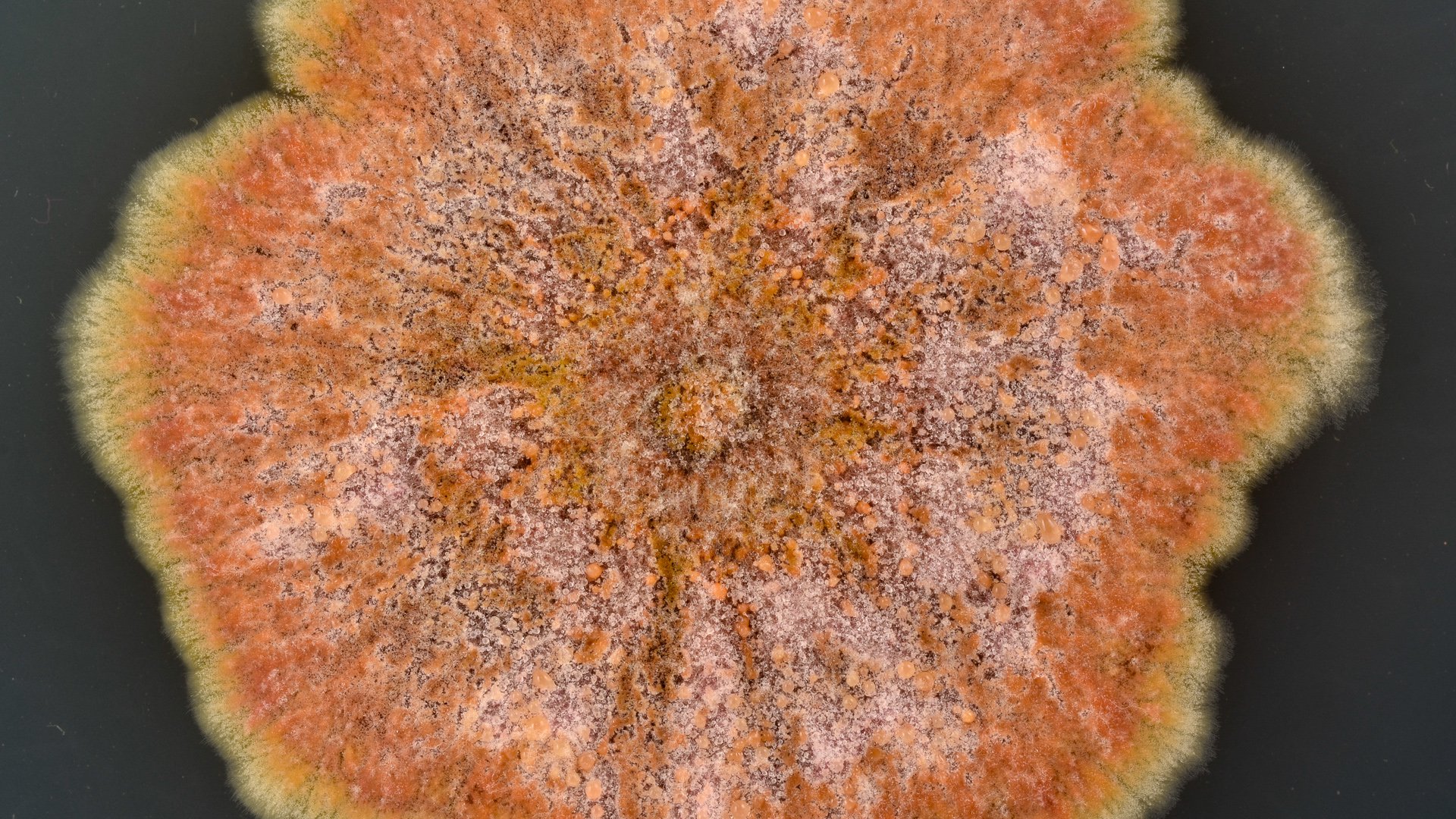Cross-pollination
Plant breeders are constantly working to create disease-resistant varieties. One way to achieve this is to cross-breed a variety that lacks a certain trait with an unrelated species that naturally does have the trait. This is called hybridization. Such a new trait can, for example, be resistance to a certain plant pathogen. Plant pathogens are viruses, bacteria or fungi that can make plants sick. By crossing the offspring of a hybrid plant with the original variety for several generations, a plant variety can eventually develop that is almost the same as the original variety, including the new trait.
Grab a grain
It has been known for almost 100 years that hybridization of wheat (Triticum sp.) with the grass Thinopyrum elongatum can transfer desirable properties, including resistance to fungi of the genus Fusarium. Until now, it was not known exactly what caused this. Research by an international team of scientists has now mapped the complete DNA of T. elongatum and found the specific gene responsible for the resistance. The resistance gene, called Fhb7 (after Fusarium head blight, the English name for Fusarium disease) contains the instruction for a protective protein. This protein makes a structural adjustment to the Fusarium toxins, making them harmless.
Pass on good information
The findings became more interesting when it turned out that this gene was not found anywhere else in the plant kingdom. The most similar gene the researchers found (97% similarity) was in a fungus of the Epichloe genus. In the past, therefore, genetic transmission of the Epichloe fungus to the plant T. elongatum has probably taken place. Until now, only cases where prokaryotes (especially bacteria) were the donors of this type of genetic transmission were known. In this case, a useful property of a fungus to compete with another fungus has ended up in a plant. This finding shows that fungi played an important role in the evolutionary development of disease resistance in the plant kingdom.
| https://science.sciencemag.org/content/early/2020/04/08/science.aba5435 |

